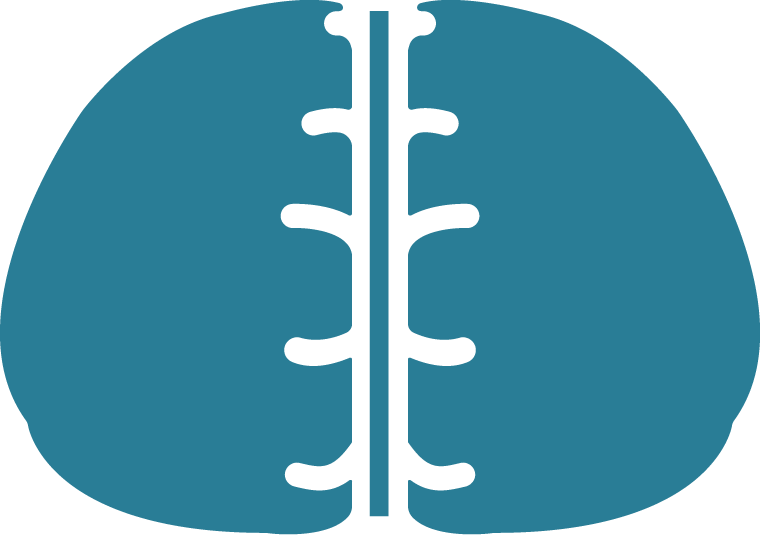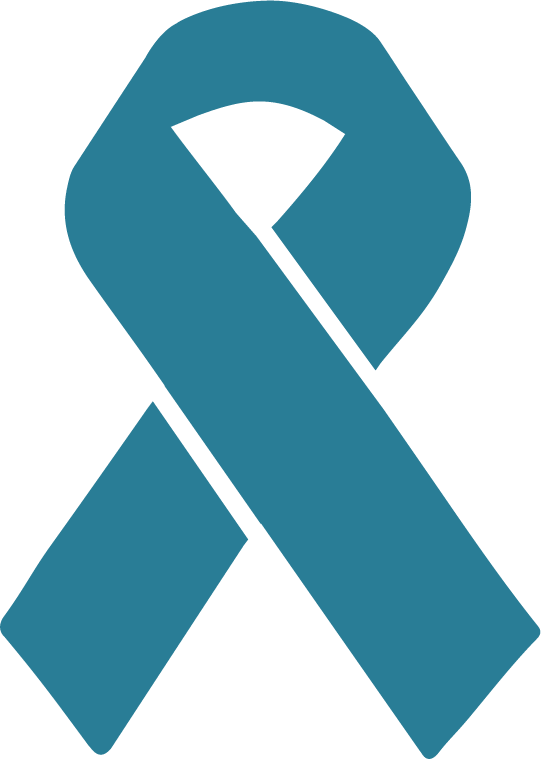Summary
This report uses the expenditure estimates published in Disease expenditure in Australia 2018–19, along with the Australian Burden of Disease Study (ABDS) prevalence estimates for 2018, to estimate how much on average, was spent through the health system for each case of disease and condition in the community in that year. It also estimates the health system spending in 2018–19 that could be attributed to particular, potentially avoidable, risk factors, such as being overweight, physical inactivity and tobacco use.

Of all disease groups, cancers and other neoplasms was the most expensive at around $10,000 per case in
2018–19

Schizophrenia was the most expensive mental health and substance use disorder in 2018–19 with spending around $22,000 per case

Of the cancer group, chronic myeloid leukaemia had the highest spending per case at $0.2 million in 2018–19

Being overweight was the top risk factor with 18% of health spending on diseases attributable to risk factors in 2018–19

Half (50%) of the estimated spending for bowel cancer could be attributed to potentially preventable risk factors

Two-thirds (66%) of the estimated spending on chronic obstructive pulmonary disease (COPD) was due to tobacco use
Information on the spending per case of disease is useful to provide context to overall health spending on conditions. Disease spending may be high if the spending per case is high but case numbers are relatively low, or because there are many people with a condition in the community receiving a relatively low-spend treatment. The analysis combines information from the disease expenditure estimates on total spending for a condition, and information from the ABDS on the number of cases in the community each year, to estimate the average health system spending per case in that year. This does not necessarily reflect total spending across the course of a disease for an individual, such as diagnosis, acute treatment, and ongoing management or monitoring.
The burden of disease due to potentially preventable (modifiable) risk factors has been reported for several years by the AIHW as part of the ABDS. This analysis expands previous risk factor attribution methods to estimate the health spending related to the conditions caused by risk factors and quantify the impact to the health system due to potentially avoidable health risks. Health spending information complements burden information by providing another lens to view the spending associated with risk factors and disease burden experienced in the community.
The health spending estimates presented in this report include the following areas of expenditure:
- private and public hospital admitted patients
- public hospital emergency department
- public hospital outpatient clinic
- dental
- Pharmaceutical Benefits Scheme (PBS) pharmaceuticals
- services provided through the Medicare Benefits Schedule (MBS), including diagnostic imaging, general practice, pathology, allied health, and specialist services.
It does not include some out-of-pocket spending, such as privately provided physiotherapy or psychology services, or spending through the aged care system (where some management of conditions such as dementia or stroke may occur).
This web report provides the most recent data available at the national level. The spending per case estimates are presented for each burden of disease condition for which prevalence counts were available at the national level by sex. The disease spending that can be attributed to different risk factors is presented at the national level.
This is the first time that the AIHW has presented estimates of this nature and represents an ongoing body of work to improve and refine these estimates. Refer to the Technical notes section for further information on the data sources and methods used, and the fact sheet How do we measure the cost of disease? (PDF 240kB) for information on comparisons of total spending and disease burden.


